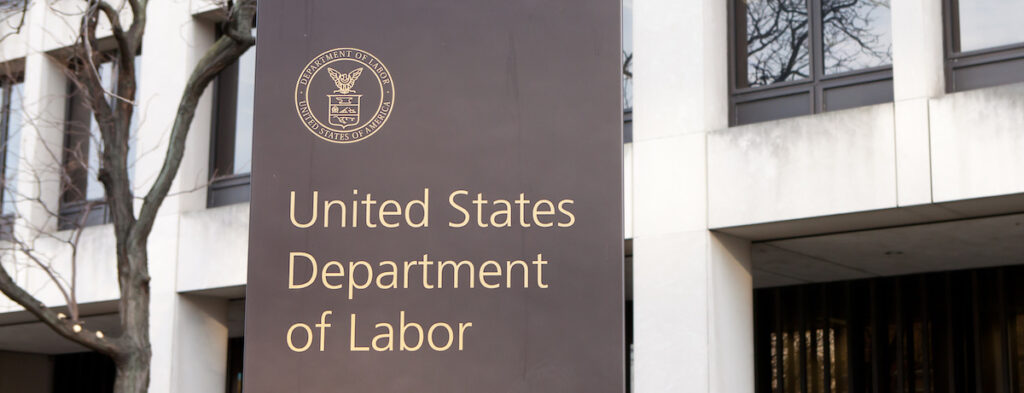
Draining the Swamp: What Trump’s Proposed Merger of Labor and Education Departments Means For Employers
Last year, the federal Office of Management and Budget announced a plan “to make government lean, accountable, and more efficient.” Cited as the next step in a series of reform initiatives which serve to implement that plan, a 132-page report published by the White House on June 21, 2018 includes within its proposals a recommendation to merge the US Department of Labor with the US Education Department, thus creating a new agency called the Department of Education and the Workforce. Within this new agency, the consolidation would create four sub-agencies, including one called the American Workforce and Higher Education Administration.
Citing a need to focus on “maximizing the effectiveness of skill building efforts” and building an “education-to-career pipeline,” as well as a desire to streamline functions, the Trump administration rationalized that job preparation programs overseen by two separate departments could be more efficiently carried out under the oversight of a single agency led by one official. The Department of Labor is currently led by Labor Secretary Alexander Acosta, and the Department of Education is overseen by Education Secretary Betsy DeVos.
It appears to be a minimal chance Congress would approve such a move. Congress is the only branch of the federal government with authority to add or eliminate federal agencies, and it hasn’t approved a comparable proposal since the creation of the Department of Homeland Security in 2001 in response to the September 11 attacks. As 2018 is an election year, the odds of Congress taking on such a far-reaching proposal at this juncture appear slim. Also, the Trump administration’s conception of higher education as workforce training is at odds with education policy supported by many members of Congress which values a broader-based liberal arts emphasis.
That being said, enforcement of wage and hour laws and child labor regulations accounts for nearly two-thirds of the Department of Labor’s budget. In light of the Trump administration’s proposed $1 billion cut in the Department of Labor’s budget for 2019, this latest proposal to create a new enforcement sub-agency to not only enforce worker protections but also enforce civil rights laws that protect the nation’s students, signals an attempt to undermine the Department of Labor’s enforcement of workplace laws.
However, it would be premature for employers to celebrate a more limited enforcement presence as the administration’s efforts may lead to unintended consequences. In response to perceived federal inaction, state and local regulators have been quick in the past to bolster their own enforcement efforts, as evidenced by the recent wave of state minimum wage, pay equity, and paid leave laws that have been enacted. Budget cuts within the Department of Labor may also lead to the rollback of programs favorable to employers, such as the agency’s self-auditing initiatives under the “PAID” program, which permits employers to insulate themselves from Department of Labor scrutiny by self-reporting and thereafter rectifying wage violations.
Media reports indicate the White House is also considering a more limited approach in which a few workforce training programs currently administered by the Department of Labor, such as Job Corps and YouthBuild, would be transferred to the Department of Education. Other ideas include redirecting funding for the Department of Labor’s adult and dislocated worker programs into expanding Pell grants, administered by the Department of Education, for worker readiness training, as well as redirecting H-1B visa fees that are currently used for short-term job training programs at the Department of Labor to the Education Department to be used in high school science, technology, engineering, and math education departments. To the extent there is potential value in a more efficient administration of these workforce training programs, these limited approaches appear to be options worth exploring.
If you have questions regarding this federal proposal or other legal issues, please feel free to contact Connie Carrigan at ccarrigan@smithdebnamlaw.com.

